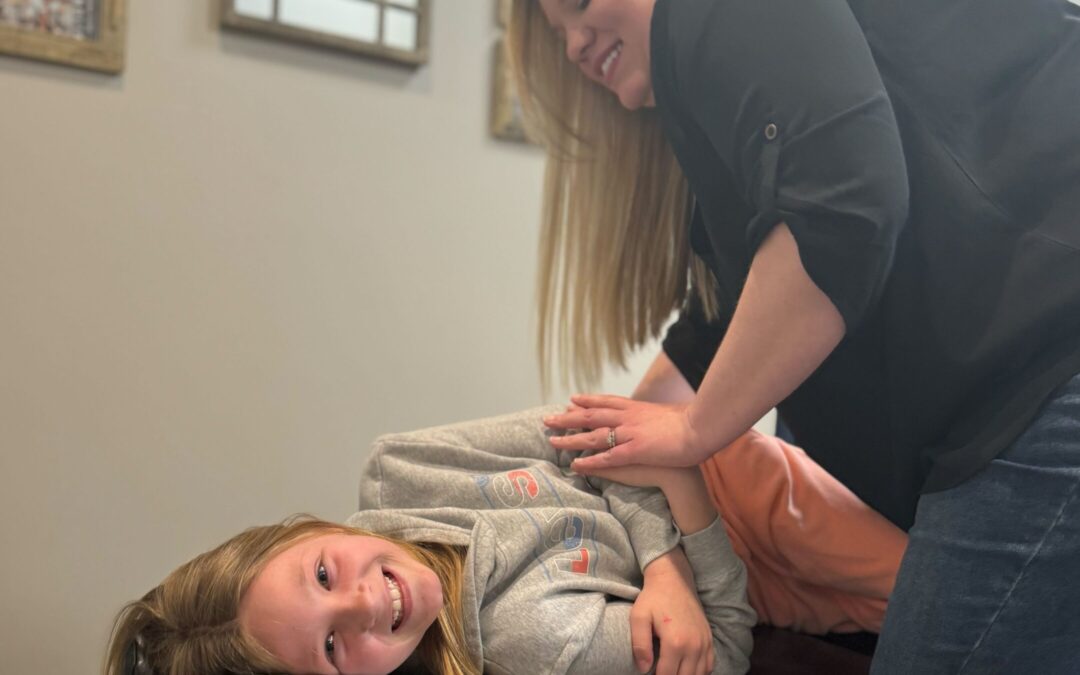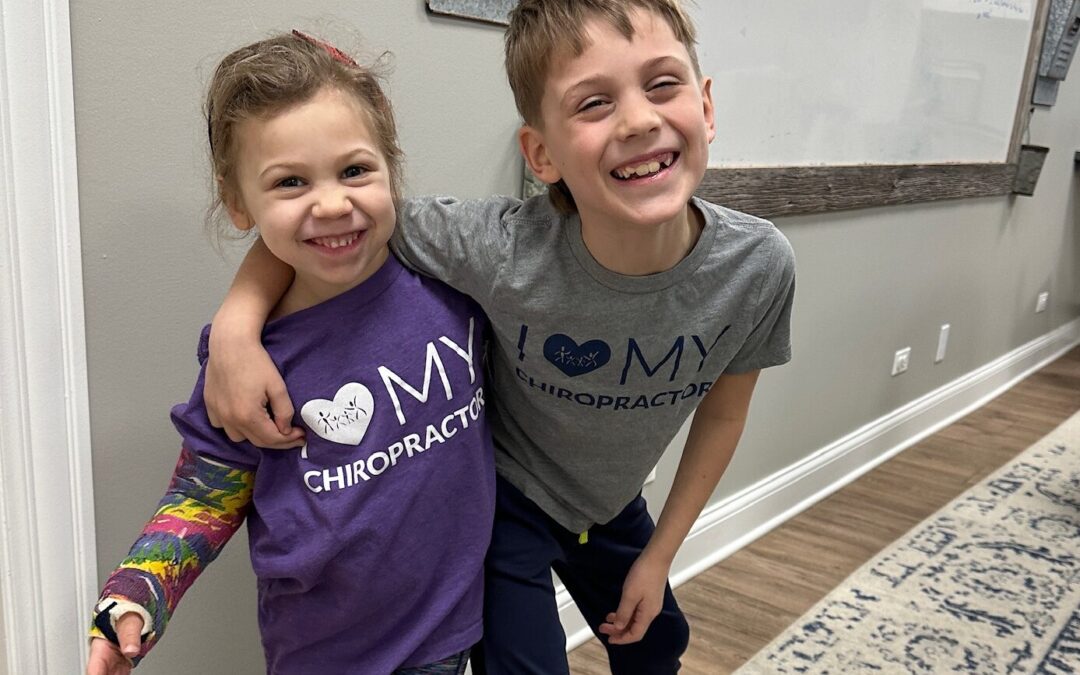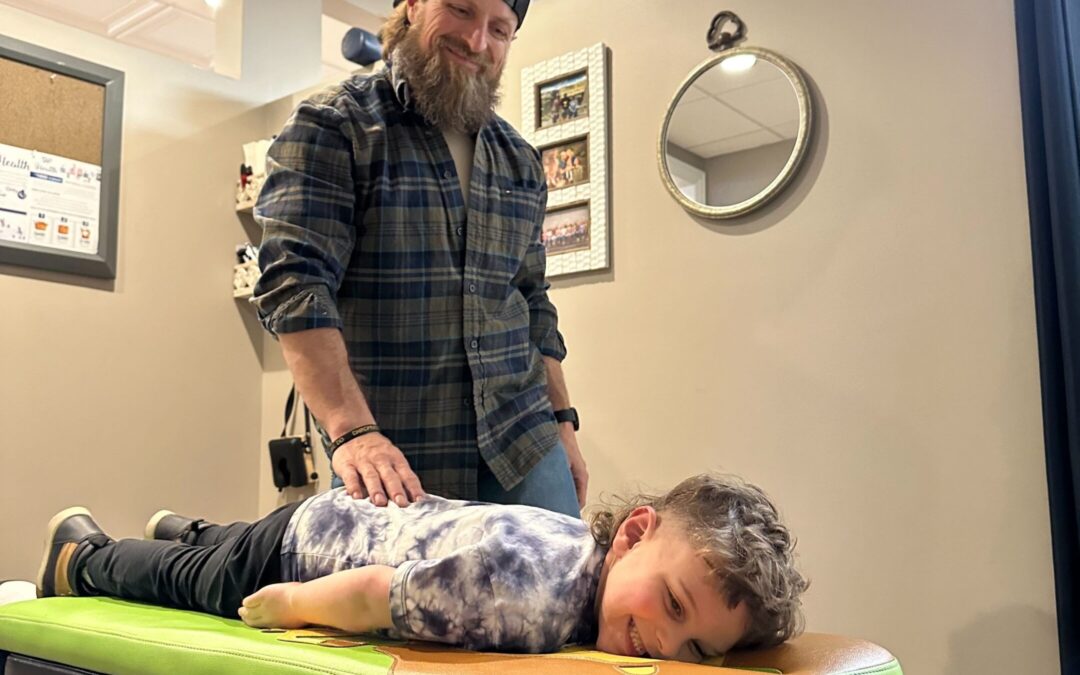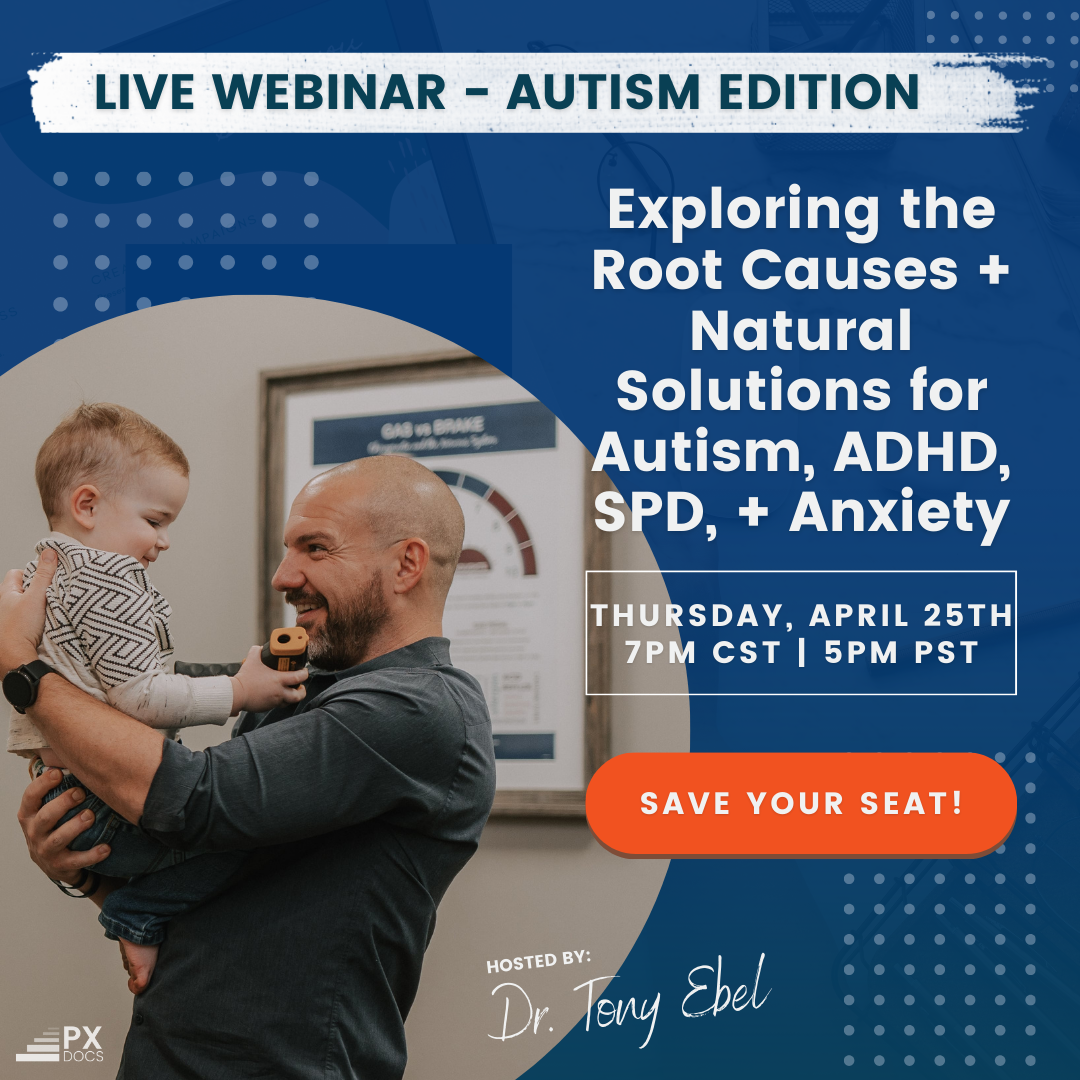For as long as I’ve been in clinical practice, there has unfortunately been a fair amount of confusion around Asperger’s Syndrome. My very first patients in the sensory and spectrum world were indeed classic Asperger’s cases, whose parents brought them in for chiropractic care-seeking help with some of its most classic symptoms and challenges.
The common day-to-day challenges a child with Asperger’s may face consist of:
- Difficulty with social interaction and forming friendships
- Restricted or repetitive behaviors (exp. strict clothing preferences)
- Anxiety and emotional regulation challenges
But while most professionals focus first on the challenges and difficulties, it was so easy for me to see the absolute brilliance and creativity these children had immediately! I could not wait to get them adjusted, release the stress and tension that was holding them, and see them truly thrive.
As a child with Asperger’s syndrome ages, the common challenges can start to interfere with the quality of life since social interaction and effective communication becomes so important.
With that, their parents were deeply concerned about how their children would do as they reached adulthood. They worried if they could handle things like college, getting a job, and creating relationships as a young adult.
Well, before we even break down the science and neurology behind Asperger’s, I’d like to share the good news with you that those first dozen or so Asperger’s patients I adjusted going on 10+ years ago now are experiencing life as:
- Teachers
- Occupational Therapists
- DNR Officer and Forest Ranger
And the coolest story of all — my first Asperger’s patient holds a college degree and is now officially enrolled in chiropractic school, hoping to join our team one day!
The Struggle with Asperger’s Syndrome
Perhaps the biggest source of frustration for parents of children with Asperger’s is with traditional therapies, such as communication training and behavioral therapy.
Most parents invest hundreds of hours and tens of thousands of dollars into these therapies for their children, and as the years go on, they often stop seeing much change and positive improvements.
This is not because these therapies are ineffective but occur because the central causative issue children with Asperger’s face is an autonomic nervous system that is simply stuck in sympathetic fight-or-flight mode pretty much at all times.
Renowned cellular biologist and epigenetic expert Dr. Bruce Lipton explain this phenomenon with one simple quote: “You can’t be in growth and protection at the same time.”
The number one issue we found upon a neurological exam of every single Asperger’s syndrome patient was something called dysautonomia. This means their central and autonomic nervous system was far too shifted or stuck in that sympathetic, protective response. And in turn, this means their nervous system struggles mightily with being able to calm, relax, socialize, and regulate their mood.
Think of it this way — being stuck in “protection” means not being able to go through the natural development and maturation of more advanced neurological functions such as communication, socialization, and coordination.
Therefore all the attempts and efforts of parents, therapists, and other professionals often hit a brick wall and essentially don’t get through to the Asperger’s child who is ‘stuck’ neurologically.
The Superpowers With Asperger’s Syndrome
Having Asperger’s Syndrome is not just about what things hold you back. This condition also comes with a set of remarkable skills that make a child with Asperger’s unique! Children with Asperger’s Syndrome are often attentive to detail, independent learners, talented with puzzles and recognizing patterns, and persistent. These skills and talents make a child with Asperger’s Syndrome so incredible to know.
Getting Unstuck
This is where neurologically-focused and drug-free chiropractic care comes in. A term for that neurologically ‘stuck’ effect is called a subluxation.
The neurological subluxation process is something that only chiropractors know well and are trained to find and care for.
It is far more complex than the medical definition of subluxation (a misaligned joint) and wildly simple to understand!
Each of my early Asperger’s patients, and all of our spectrum and sensory (known as Perfect Storm patients in our work), had significant levels of subluxation and sympathetic tension.
Both our physical exam and neurological INSiGHT Scan exam process revealed the following common findings that are then easily associated with things like anxiousness, sensory overwhelm, emotional dysregulation, and troubles with socialization and communication:
- Moderate to severe neuromuscular tension in the cervical (neck) and thoracic (mid-back) NeuroSpinal regions
- Moderate to severe dysfunction and distress in the autonomic regulation of the child’s gut and immune function
- Moderate to severe sympathetic dominance and neurological exhaustion upon Heart Rate Variability
Until those exact neurological challenges are addressed (adjusted), that patient will remain in sympathetic dominance and dysautonomia. Meaning their struggles with social interaction, emotional regulation, communication, and coordination will remain.
Conversely, when a trained and experienced PX Doc starts to make gentle, specific adjustments to relieve the tension and stress pent up over time… patients and parents immediately begin to report calm, more communication, easier transitions, etc.
Specifically for Asperger’s patients, the most exciting report we start to hear back from parents is this — they are making friends and getting more comfortable at school and with social events than ever before!
Is Asperger’s a Type of Autism?
So, what is the difference between Asperger’s Syndrome and Autism Spectrum Disorder? This is a question we get asked all of the time, and honestly, my answer will be vividly different from how a traditional medical professional would answer it. It’s honestly how I answer almost every single question about a specific diagnosis.
My answer is that when it comes to providing the best possible care and outcomes for each individual child – it really doesn’t matter.
Now that is not attempting to skirt the question or be controversial; it’s simple to put the focus on the child and family getting what they need most instead of putting the focus on the medical system and what’s “right” in our world.
A child with Asperger’s struggles with just that – interacting with the world.
Therefore, as PX Docs, we put our energy and focus on improving the function of their nervous system so that those specific challenges they face lessen and start to fade away.
For us, it’s as simple and powerful as that.
We always put 100% of our care, energy, and attention on the patient, not the diagnosis.
When a provider or professional gets too hung up on a diagnosis or label, they start to treat a child as that instead of as the unique, incredible, and amazing human being they are!
A diagnosis distracts you from really connecting to that specific individual child and family, listening, and learning what really matters most to them.
What are their specific struggles? What are their specific goals and aspirations in life?
And once you get the answer to those specific, individual questions, we can sort out the wildly important answer to this question – can we help?
How We Can Help Your Child With Asperger’s Syndrome
Neurologically-focused chiropractic care does not treat and does not cure Asperger’s Syndrome. It simply relieves and releases that pent-up, stuck stress (subluxation) on the nervous system, allowing the child to relax better, communicate, and have a higher quality of life.
Since the condition was first described in 1944, millions of dollars have been spent trying to link Asperger’s to genetics or problems (damage) within the brain. And to this point, no solid research or data has ever been published to connect it to either.
Our exams and assessments have never found the problems rooted in genetics or the brain. Simply put, we find it in the body. Or, more specifically, in the “roots” of their autonomic nervous system.
Subluxation certainly does alter brain function. But it doesn’t actually exist in the brain.
Every part of the autonomic nervous system is connected through a vast network of nerves. Each and every one of those communicates with the brain and body by making its way through the NeuroSpinal and Central Nervous System.
That is precisely where chiropractic does its work – the center.
If you’ve tried everything from therapy, counseling, and maybe even medication to help your child or young adult with Asperger’s and haven’t seen the results and changes you’re looking for – give your local PX Doc a call.
You can find a trained, experienced PX Doc by clicking on our Directory and putting in your city or zip code! You can reach out and connect with them through our website, and within a matter of days, you can get your child the consultation and examination you’ve been missing this whole time!
I can’t wait to hear about your child’s future as a Teacher, Forest Ranger, or maybe even Pediatric Chiropractor!
Dr. Tony Ebel, DC, CACCP, CCWP
Certified Wellness + Pediatric Chiropractor






